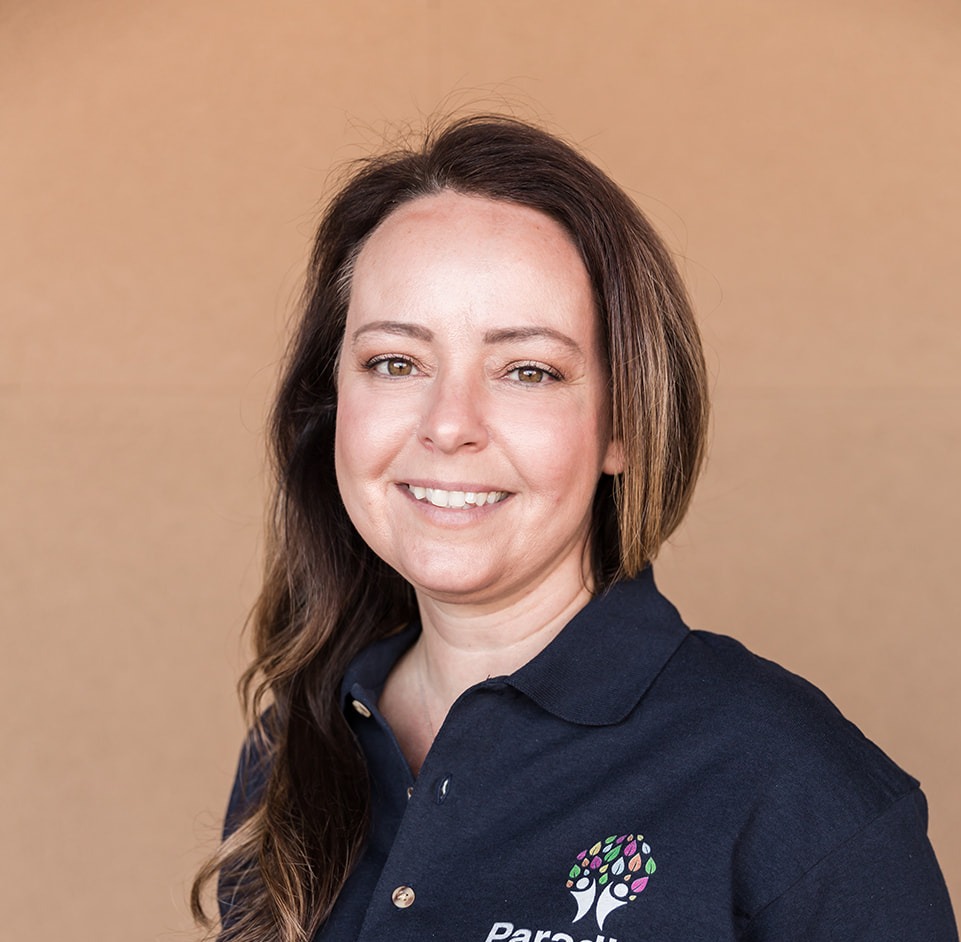The 2nd Element of Personalized Learning: Personal Learning Path
- jodycordova

- Jul 25, 2022
- 4 min read
Every day, every person is on a learning path. We all begin that path even before birth. In the womb we learn what our mom sounds like. We can even learn some emotional feelings even though, of course, we can't identify them. Early on we can hear and feel and definitely know we want to avoid that painful stuff.
After birth the path accelerates as we learn from parent(s), siblings, relatives and probably a playmate or two. I can't even begin to make a list of all that can be learned from siblings and all that input! Our path teaches us right and wrong, yes and no, what we want to eat or don't, what makes us feel good and what doesn't. And by the age of 2 a child has already learned how to get their parent to do what they want whenever they want. Pretty smart! And yet, every two-year-old is adorable!
That's all fun to joke about, but then we get to the ripe old age of 5, and our web of influencers and trainers expands exponentially. We're in school. And from there, chaos breaks out.
So, Learning Paths. Then at some point the child, now a student, makes their way to Paradigm Learning. One lucky kid! He or she is unique, and we want to honor that. When we begin with a student, we want to figure out where that path has brought the student, at whatever age he or she is. That is what we call the Learner Profile. We collect a lot of data. Some is quantitative, through testing. Other is qualitative, through conversation. There is always more information, but often that seeps out over time.
For review, the five elements of Personalized Learning are:
1. Learner Profile
2. Personal Learning Path
3. Flexible Environment
4. Individual Mastery & Competency
5. Student Voice and Choice
So, in this post we will consider the second element of Personalized Learning, the Personal Learning Path.
Within our framework of Personalized Learning, one part or thought process we use to design each student's Learning Path is Differentiation. Differentiation is essentially a teaching philosophy based on the premise that teachers should adapt instruction to student differences. It is one of those vital changes necessary in education today.
We consider the entire Student Profile we first completed to implement a Differentiated Learning Path, individually, for each student. There are a lot of questions that must be answered. So, are they auditory or tactile? Do they need more solitude or is it better for them in small groups? Does ambient noise help, or not? Would music through headphones help? Do we need to allow them time to look at the material and then engage with the teacher, or should the teacher engage first? Are reading tasks best done first thing in the day or should the student work elsewhere to complete other things first, and then read later? What time do they focus and concentrate the best? Do they hear and learn better when they are 'fiddling' with something. This is the first way we implement a fully Differentiated Learning Path for a student. We differentiate each Learning Path for the most effective learning experience possible.
The second part to the Learning Path is subject level. Testing helps us determine what level the student has actually mastered. Their age doesn't matter. There are no cookie-cutter curriculums. Each student will begin with what they previously missed - the gaps - in prior studies. Their Learning Path will start each student in the catch-up phase if necessary, and it usually is. Most students move fairly rapidly through these earlier levels. Along the way, it is not unusual to discover another area or skill that had been missed. The Learning Path will simply move them forward from where they actually are, not where they are told to be.
The third stage of the Learning Path is designed to take their subject mastery and turn it to competency. The student takes what has been learned that quarter and uses it to do something they love to do in the real world. We have created a learning path for nothing if the student doesn't understand how all that they are studying fits into their world and they are competent in it.
A Learning Path is well thought out, thorough, and uses the students own strengths and weaknesses to move them forward in their education.
As I close this post I wanted to mention something that may be obvious to you, but maybe not. There is no way to apply this to 30 students in a classroom. The public schools do make efforts to implement Differentiation in their classrooms. But it isn't implemented on an individual basis. It's implemented on a group basis. So, certain character traits will alter the way things happen in the classroom for that group of students.
For instance, perhaps there is a group of classroom disruptors. They might be given seats in front of the teacher. Or there may be a variety of groups to facilitate lower performers verses higher performers. The groups may be given different amounts of work to complete. In a later post I may address some of these things in more detail, but for now I just wanted to bring to the reader's attention that often same terms may be used but the actual implementation of that concept is very different and yields extremely different results and consequences.


Comments